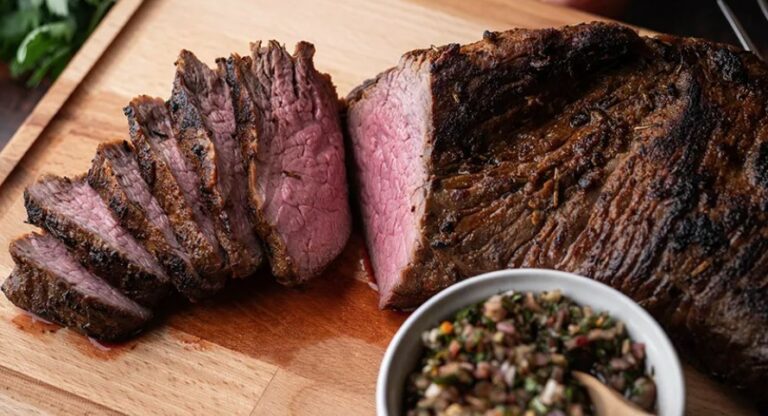Introduction: Argentine cuisine
Argentine cuisine is a melting pot of indigenous and colonial influences, resulting in a unique fusion of flavors and techniques. From its famous beef dishes to its sweet desserts, Argentine cuisine is renowned for its rich and flavorful taste. Argentine cuisine also boasts an array of cooking techniques that have been shaped by its diverse cultural heritage.
Grilling: a popular cooking technique
Grilling is a ubiquitous cooking technique in Argentine cuisine, and it is a central part of the country’s social life. Argentine grilling, or parrilla, is renowned worldwide for its succulent and flavorful meat dishes. Using a wood or charcoal fire, cooks grill various cuts of beef, pork, and chicken to perfection. The cooking technique requires skill and attention to detail, as the meat must be cooked for just the right amount of time to achieve the perfect flavor and texture.
Choripán: a grilled sausage sandwich
One of the most popular street foods in Argentina is choripán, a simple yet delicious grilled sausage sandwich. Cooks grill chorizo sausages over charcoal or wood fire, then serve them on a crusty bread roll with chimichurri sauce, a zesty blend of parsley, garlic, vinegar, and oil. The smoky flavor of the sausage and the tangy chimichurri sauce make for a mouthwatering combination.
Asado: the traditional Argentine barbecue
Asado is a traditional Argentine barbecue and a cornerstone of the country’s culinary culture. It is typically a social event, where family and friends gather around the grill to enjoy an array of grilled meats, sausages, and vegetables. Asado requires a lot of preparation and patience, as the meat must be marinated for hours before it is grilled over hot coals. The result is a tender and flavorful meat that melts in your mouth.
Carbonada: a slow-cooked stew
Carbonada is a hearty stew that is slow-cooked for hours, resulting in a rich and flavorful dish. The stew typically includes beef, potatoes, carrots, squash, and corn, and it is seasoned with a blend of herbs and spices. Carbonada is traditionally cooked in a clay pot over a wood fire, which adds a smoky flavor to the stew.
Empanadas: baked or fried turnovers
Empanadas are a popular snack and street food in Argentina. They are baked or fried turnovers filled with various savory or sweet ingredients, such as beef, chicken, cheese, or dulce de leche. The dough is made of wheat flour, water, and lard, and it is shaped into small, half-moon pockets before being filled and cooked. Empanadas are typically served with a side of chimichurri sauce.
Dulce de leche: caramelization technique
Dulce de leche is a caramelized milk sauce that is a staple in Argentine cuisine. It is made by slowly cooking sweetened condensed milk until it thickens and turns a light brown color. The resulting sauce is sweet, creamy, and has a caramel-like flavor. Dulce de leche is used in many desserts and pastries, such as alfajores and panqueques.
Conclusion: Argentine cuisine’s unique flavors
Argentine cuisine is a vibrant and diverse culinary tradition that reflects the country’s cultural heritage. From its grilled meats to its slow-cooked stews, Argentine cuisine boasts an array of cooking techniques that have been refined over centuries. Whether you’re a meat lover or have a sweet tooth, there’s something for everyone in Argentine cuisine.

